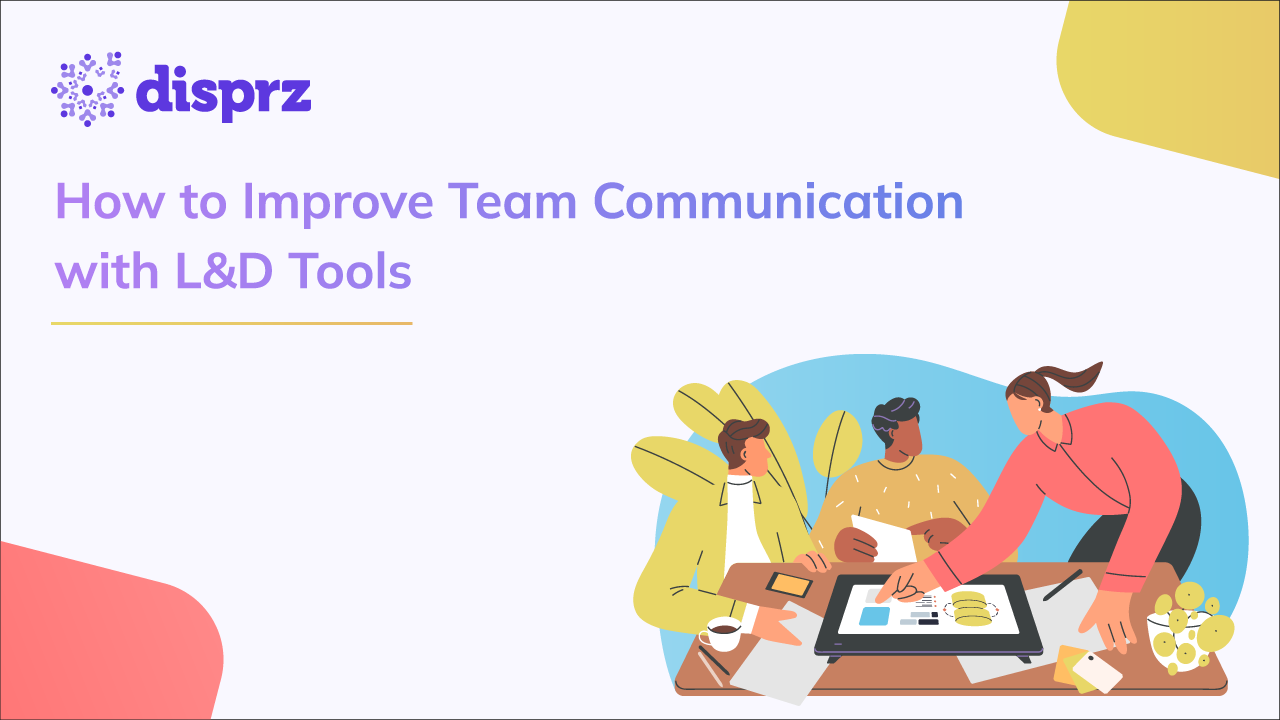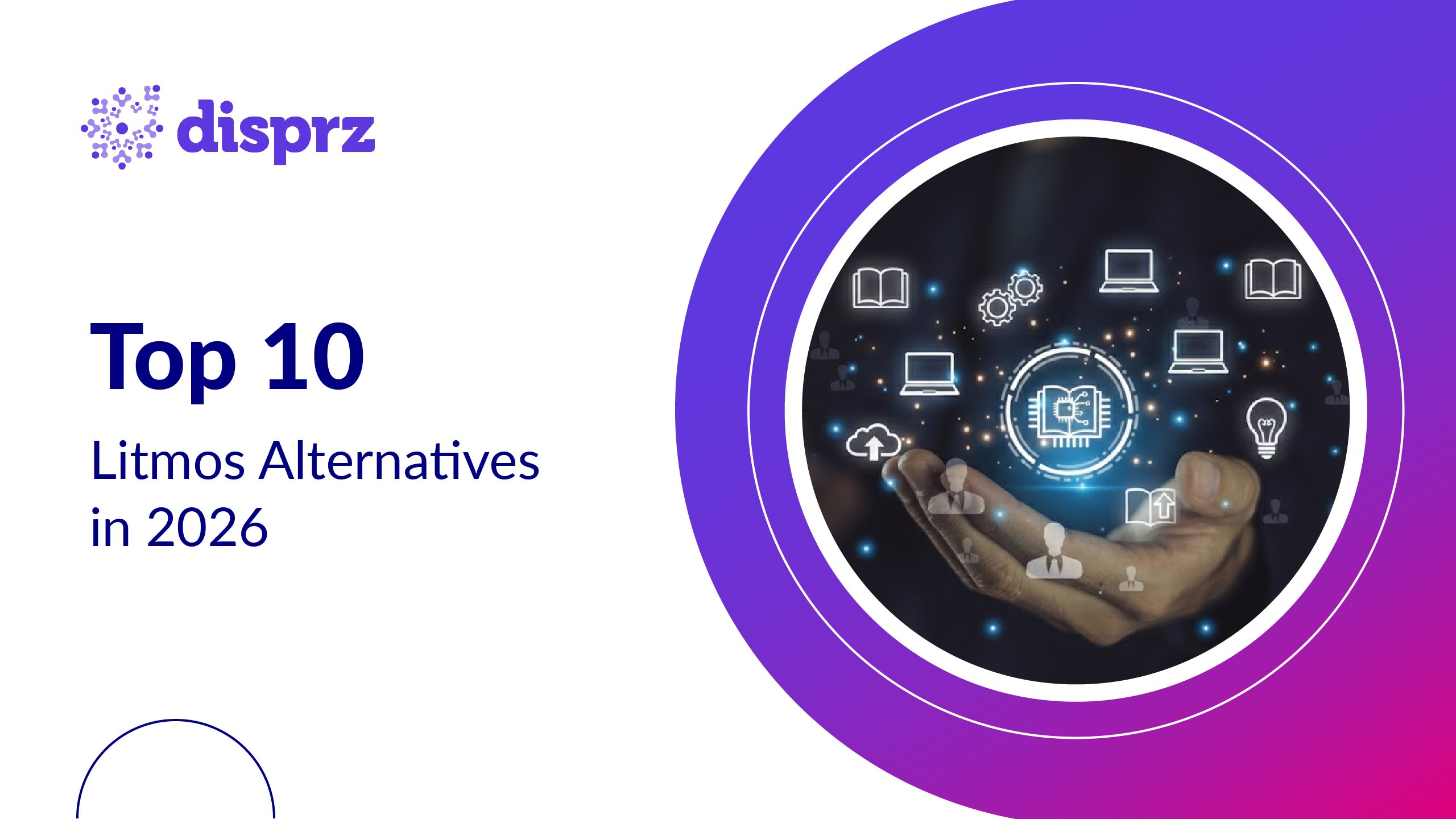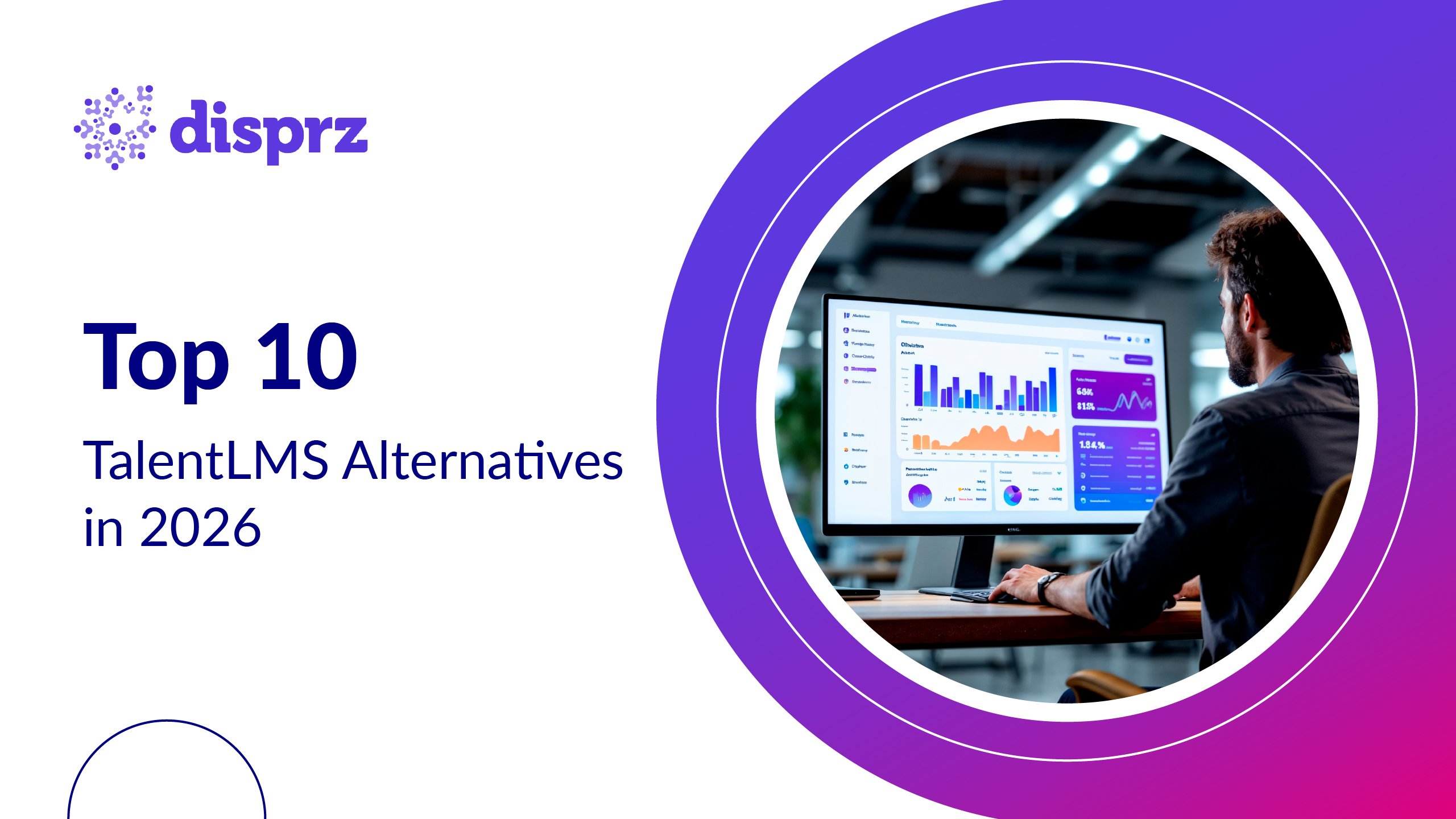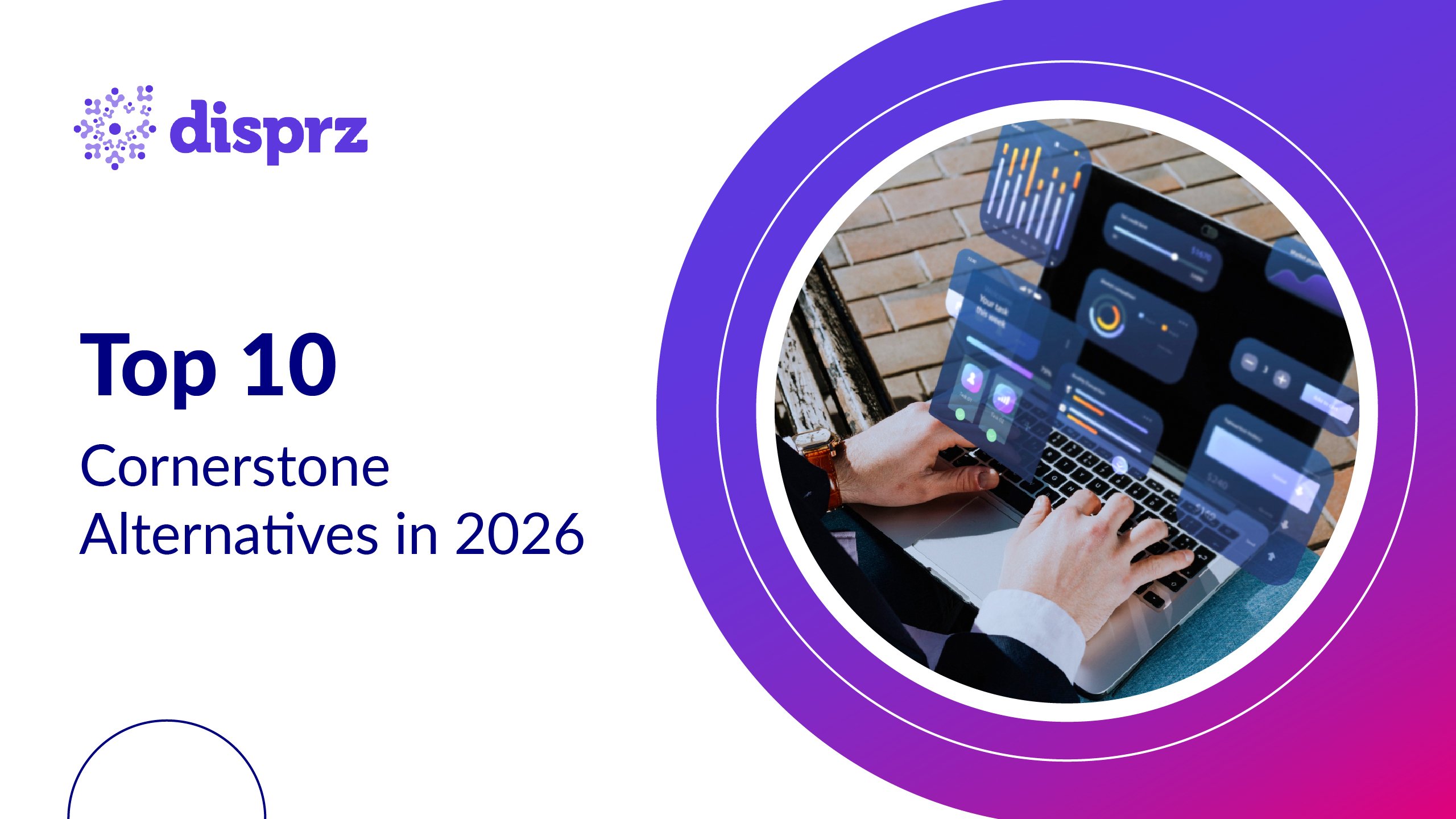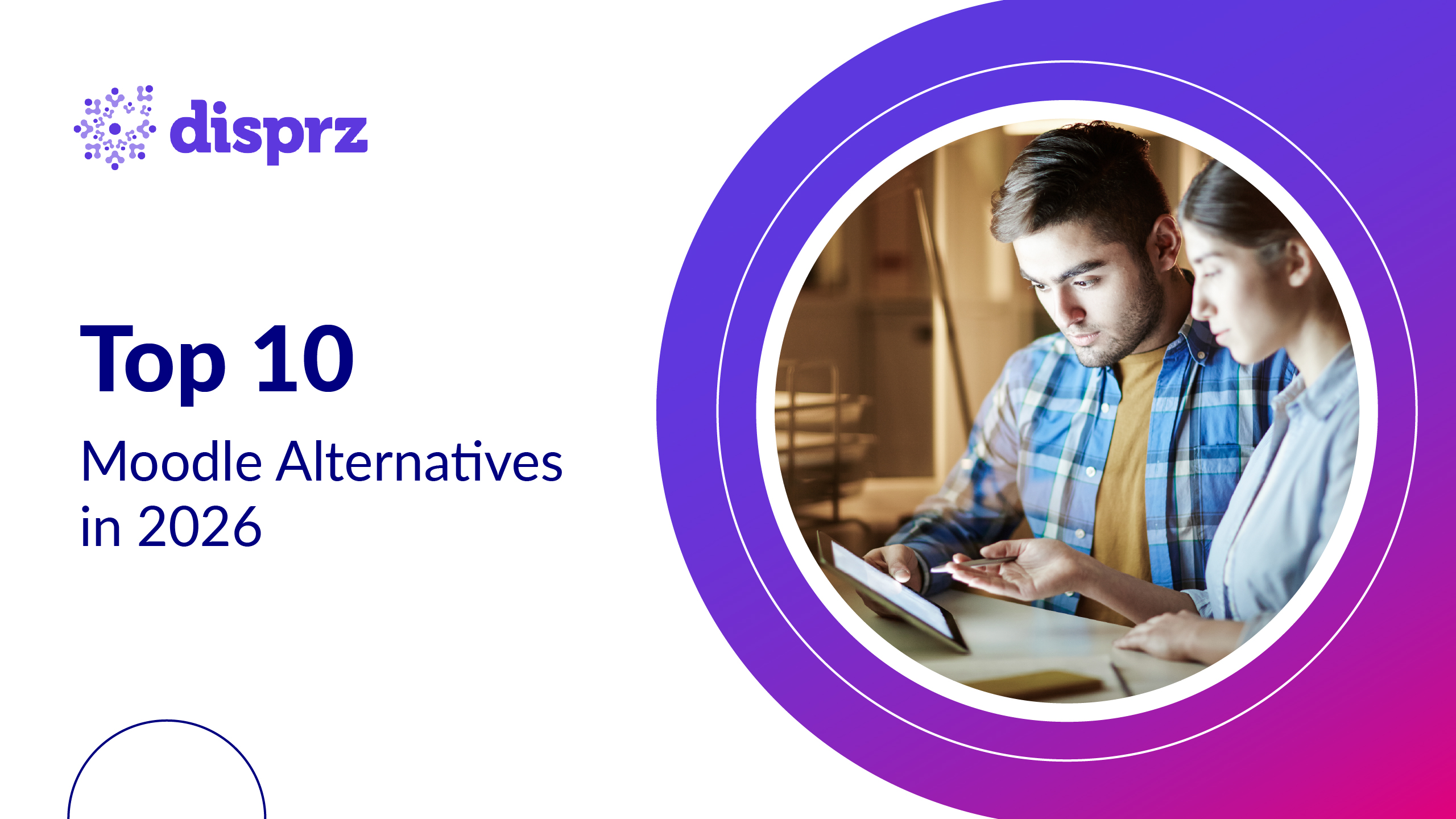With the rise in challenges faced by organizations in managing a multigenerational workforce, corporate communication has become a complex building block challenge. It’s a fundamental issue that many organizations overlook, dismissing it as a minor hurdle. However, the reality is stark; poor communication is often the silent disruptor of engagement, productivity, and retention.
Today, even after landing their dream jobs, employees are leaving at alarming rates. The question is, why? One key factor is the communication gap, whether it’s a lack of clarity in expectations, limited feedback loops, or an absence of a culture that fosters open dialogue. Miscommunication breeds disengagement, and disengagement fuels attrition.
For Learning and Development (L&D) leaders, improving communication at the workplace isn’t just about refining processes; it’s about enabling a culture where employees feel heard, valued, and aligned with the organization’s vision. Explore effective communication strategies to bridge communication gaps, foster collaboration, and, ultimately, create a more connected and engaged workforce.
The Impact of Poor Workplace Communication
Workplace communication is the foundation of a strong and engaged workforce, yet many organizations underestimate its significance. When communication breaks down, whether through unclear expectations, lack of transparency, or ineffective collaboration, the ripple effects are far-reaching. Employees feel disconnected, teams struggle to work efficiently, and overall business performance takes a hit.
Organizations that fail to prioritize effective workplace communication often face these 4 key challenges:

1) Increased Employee Disengagement
When employees feel unheard or lack clear direction, engagement drops significantly. Without open channels for feedback and discussion, workers become disconnected from their roles and the organization’s mission.
2) Higher Turnover and Attrition
Employees often leave due to a lack of transparency and alignment with leadership. When workplace communication is ineffective, frustration builds, and workers seek environments where they feel valued and informed.
3) Reduced Productivity and Collaboration
Teams that struggle with poor communication waste time clarifying tasks, fixing misunderstandings, or dealing with avoidable conflicts. A lack of digital etiquette in virtual interactions can further contribute to miscommunication and inefficiency, slowing down workflows, delaying project completion, and reducing overall output.
4) Negative Workplace Culture and Low Morale
A culture where information is inconsistent or poorly conveyed fosters distrust and frustration. Without psychological safety, employees may feel left out of key decisions, leading to silos, diminished teamwork, and a weakened organization culture. Creating an open and transparent communication environment is essential for building trust and engagement.
Understanding Communication Preferences Across Generations
A multigenerational workforce brings diverse communication styles. Understanding these preferences helps bridge gaps and improve collaboration.
Baby Boomers (1946–1964): Structured and Formal
They prefer face-to-face meetings, formal emails, and clear expectations. They value professionalism, hierarchy, and detailed communication over quick exchanges.
Gen X (1965–1980): Clarity and Autonomy
Gen X favors concise, efficient communication via emails or calls. They appreciate directness and autonomy, preferring minimal check-ins.
Millennials (1981–1996): Digital-First and Feedback-Driven
Millennials are mostly comfortable with instant messaging, video calls, and team collaboration tools. They seek transparency, continuous feedback, and open dialogue.
Gen Z (1997–2012): Instant and Collaborative
Gen Z prefers short, informal, and visual communication via chat apps and multimedia. Thrive in transparent, fast-paced, and inclusive workplaces.
6 Key Strategies for Improving Workplace Communication
1) Establish Clear Communication Channels
Define and standardize communication methods across the organization. Use emails for formal communication, instant messaging for quick updates, communication workshops for a better understanding of why’s and how’s, and video calls for collaborative discussions. Clear guidelines help employees know where and how to communicate effectively.
2) Encourage Open and Transparent Dialogue
Foster a culture where employees feel heard and valued. Promote open-door policies, regular check-ins, and anonymous feedback channels to ensure honest communication. Transparency from leadership builds trust and engagement across teams.
3) Leverage Technology for Seamless Collaboration
Adopt digital tools to improve real-time communication, document sharing, and enhanced workplace relationship management. Integrating these communication platforms with workflows ensures smooth collaboration, especially in hybrid and remote work settings.
4) Provide Communication Training for Leaders and Teams
Equip team members and leaders with essential skills such as active listening, conflict resolution, clear articulation of ideas, and understanding nonverbal cues. Training programs and workshops help teams improve message delivery, interpret body language effectively, and build stronger, more cohesive relationships.
5) Adapt Communication to a Multigenerational Workforce
Recognize and respect different communication preferences across generations. While Baby Boomers may prefer structured meetings, Millennials and Gen Z thrive in digital-first, real-time interactions. A flexible communication approach ensures everyone stays engaged and aligned.
6) Facilitate cross-cultural communication
In a diverse workforce, effective communication must bridge cultural and language differences. Encourage cultural awareness training, use multilingual communication tools, and create an inclusive environment where employees feel comfortable expressing their perspectives. This fosters collaboration, reduces misunderstandings, and strengthens team cohesion.
Measuring and Sustaining Effective Communication
Effective workplace communication isn’t a one-time initiative. It requires continuous monitoring and adaptation. By tracking key metrics, gathering regular feedback, and fostering a culture of learning, organizations can ensure communication remains impactful and aligned with workforce needs.
5 Key Metrics to Assess Workplace Communication Effectiveness
To evaluate communication success, organizations should track measurable indicators such as:

1) Employee Engagement Scores
Low engagement often signals communication gaps. Measuring engagement through surveys and participation in organization initiatives can highlight areas for improvement.
2) Response and Read Rates
Tracking email open rates, response times in messaging tools, and meeting participation levels can help assess whether communication is reaching employees effectively.
3) Collaboration and Productivity Metrics
Monitoring project completion rates, cross-functional collaboration, and tool adoption (e.g., Slack, Teams, or intranet usage) can reveal communication efficiency.
4) Turnover and Retention Rates
Poor communication is a leading cause of employee dissatisfaction. Analyzing exit interviews and turnover trends can indicate if a misalignment in communication is contributing to attrition.
5) Employee Feedback and Sentiment Analysis
Using AI-driven sentiment analysis on emails, chat conversations, and feedback forms can provide insights into overall workplace morale and communication effectiveness.
Regular Feedback Mechanisms and Pulse Surveys
Workplace communication should be a two-way street, where employees feel heard and valued. Organizations can implement:
Pulse Surveys
Short, frequent surveys (weekly or monthly) help gauge how employees feel about internal communication, leadership transparency, and overall workplace engagement.
Town Halls and Open Forums
Regular organization-wide meetings allow leadership to share updates while giving employees a platform to voice concerns and ask questions.
Anonymous Feedback Channels
Suggestion boxes, digital forms, or dedicated platforms help employees express concerns they may not feel comfortable sharing openly.
One-on-One Check-ins
Managers should conduct regular check-ins to address communication challenges, clarify expectations, and ensure alignment with team goals.
Peer-to-Peer and Cross-Team Feedback
Encouraging teams to review each other’s communication effectiveness fosters collaboration and improvement.
Continuous Learning and Adapting to Evolving Communication Needs
Effective workplace communication is no longer just about clarity and efficiency; it’s about adaptability. With rapid technological advancements, shifting workforce demographics, and the rise of hybrid work models, organizations must continuously refine their communication strategies. Additionally, social emotional learning is becoming a critical component, helping teams develop the empathy and interpersonal skills needed for meaningful collaboration.
To stay ahead, organizations should:
Offer Ongoing Communication Training
Provide workshops on active listening, digital communication best practices, and cross-generational collaboration to keep teams aligned.
Leverage AI and Data Analytics
AI-powered tools can provide real-time insights into communication patterns, helping leaders refine their strategies for better engagement.
Stay Updated on Emerging Communication Trends
Whether it’s video-first communication, microlearning formats, or asynchronous collaboration, staying ahead of trends ensures workplace communication remains relevant.
Encourage a Culture of Open Dialogue
Communication is not just about tools; it’s about trust. Cultivating an open, feedback-driven environment ensures continuous improvement and long-term success.
By consistently measuring, refining, and adapting communication strategies, organizations can foster a connected, engaged, and high-performing workforce.
Conclusion: Building a Culture of Trust Through Effective Communication
Moonlighting, career catfishing, and quiet quitting are symptoms of deeper workplace issues, lack of transparency, unclear expectations, and broken communication channels. Organizations that fail to address these challenges risk disengagement, attrition, and a fragmented workforce.
The key to overcoming these challenges lies in fostering a culture where employees feel heard, valued, and safe. When anonymous feedback is truly anonymous, when leadership communicates with authenticity, and when teams collaborate with clarity, workplace communication transforms from a hurdle into a powerful enabler of trust and productivity.
This is where the Disprz learning experience platform empowers organizations. With AI-driven insights, personalized learning paths, and seamless communication tools, it helps businesses create a workplace where employees are informed, engaged, and aligned with organization goals. It’s time to move beyond surface-level fixes and invest in a solution that ensures lasting workplace communication success. Discover how Disprz can help you build a connected and future-ready workforce.



